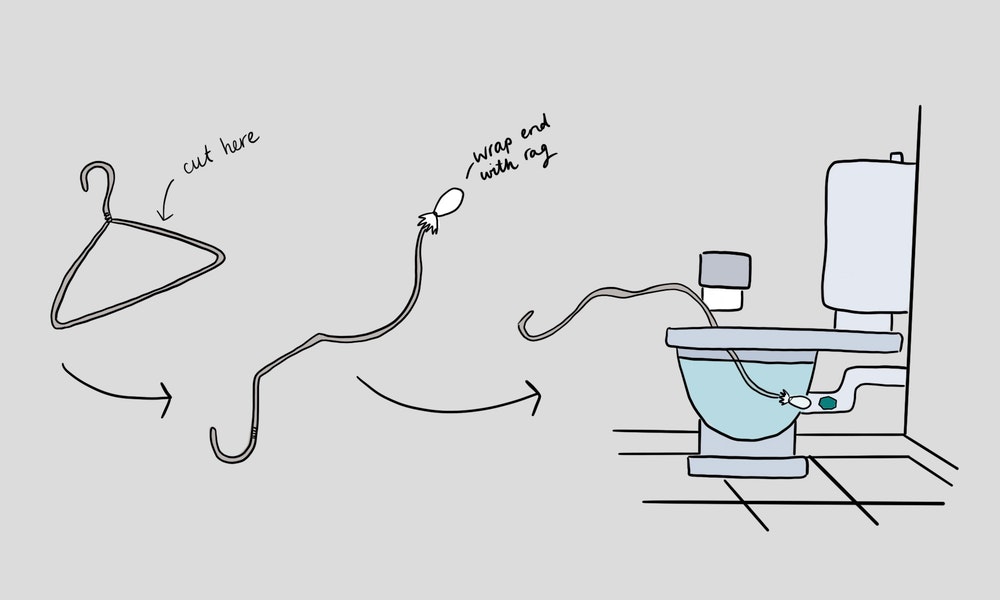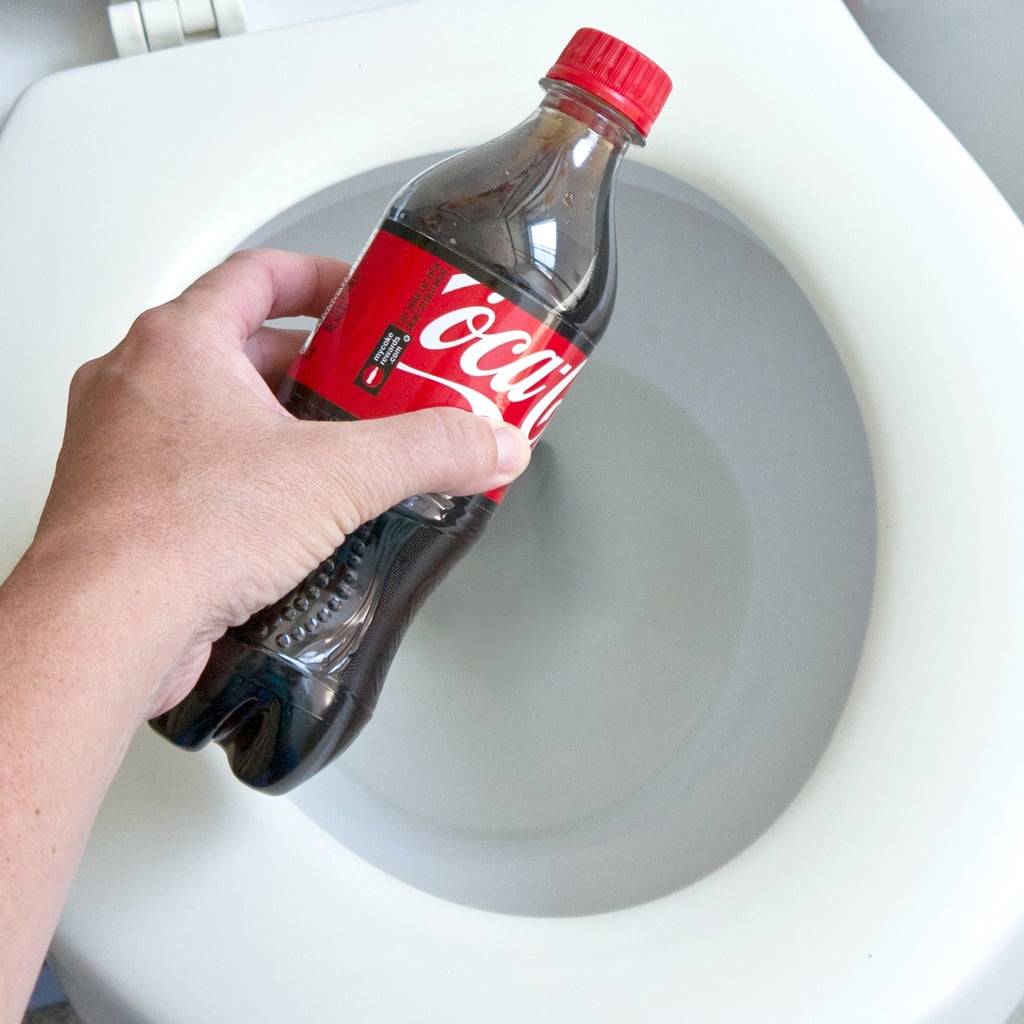A blocked toilet can be a hassle. Water rising dangerously close to the rim is never a good sign. Ignoring the issue may lead to overflow, bad odours, or pipe damage. If you’re in Sydney, we’ve outlined a few things you can do before calling in a plumber to handle a toilet blockage. Acting fast can prevent further problems.
Below are eight practical methods to clear a blockage effectively.
Heat and lubrication help soften clogs. This method works best for paper and organic waste.
What You Need:
Steps:
If the blockage remains, a second attempt may help.
One Sydney homeowner shared: “I thought I’d have to call a plumber, but after pouring in dish soap and a bucket of hot water, the clog cleared in under ten minutes. It’s now my go-to fix when the toilet slows down.”
A natural reaction between these ingredients creates fizzing action that may break up soft clogs.
| Item | Function |
| Baking soda | Absorbs odours and loosens debris |
| Vinegar | Reacts with baking soda to create bubbles |
| Warm water | Helps push softened waste down the drain |
Steps:
This method works best for mild blockages. If the water still drains slowly, a stronger approach may be needed.
A standard wire hanger can act as a makeshift drain tool. It can push clogs deeper or hook onto objects stuck in the pipes.

Preparation:
Steps:
For deeper or stubborn blockages, a plumbing snake is a better option.
A powerful suction tool can remove clogs that refuse to budge. A standard vacuum will not work for this task. A wet/dry vacuum designed for liquid waste is required.
Steps to Follow:
This method is effective for solid objects like wipes, toys, or excessive tissue buildup. If you’re dealing with more than just a toilet issue, our step-by-step advice on clearing other types of blocked drains may help.
These cleaners contain bacteria that break down organic waste. Unlike chemical drain cleaners, enzyme-based products do not damage pipes.
How It Works:
Steps:
If no progress is seen, a manual tool such as a plumbing snake may be required.
A plumbing snake, or toilet auger, is a specialised tool for clearing deep blockages. It works by breaking up clogs or pulling them out.

What You Need:
Steps:
This tool is effective against stubborn blockages. If repeated attempts fail, there may be a deeper issue in the plumbing system.
Soft drinks contain phosphoric acid, which can help break down minor clogs. Though not as strong as commercial cleaners, it can be a useful alternative.

What You Need:
Steps:
This method is best suited for light blockages or residue buildup. If no improvement is seen, a more direct approach is needed.
Epsom salt can create a fizzing reaction that helps loosen obstructions. It is often used in emergency situations when other materials are not available.
What You Need:
Steps:
If the problem persists, it may indicate a more serious issue.
Some blockages cannot be cleared with household methods. If a toilet backs up frequently or water begins to rise in other drains, professional intervention is needed.
Graham & Sons Plumbing has extensive experience in handling complex toilet blockages. When standard methods fail, specialised tools such as high-pressure jetting or camera inspections can help identify what’s causing the blockage deep in the pipe. Addressing the problem early can prevent costly damage to pipes and fixtures.
Routine maintenance can reduce the chances of recurring blockages. Simple habits can keep the plumbing system in good condition.
You can also explore some simple habits households can follow to avoid future drain blockages for long-term prevention.
Taking these steps can help avoid emergency plumbing situations. If a blockage becomes unmanageable, professional assistance may be required.
* Between 8.30am - 5.00pm, Monday to Friday.
